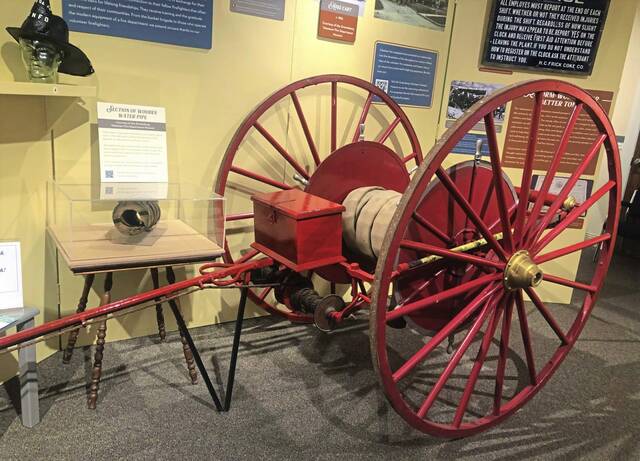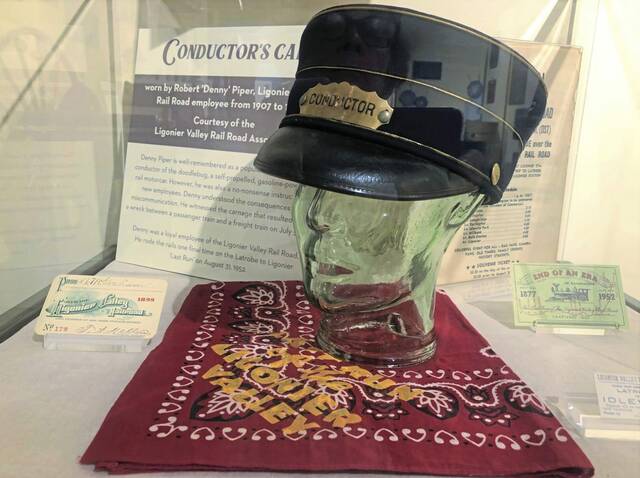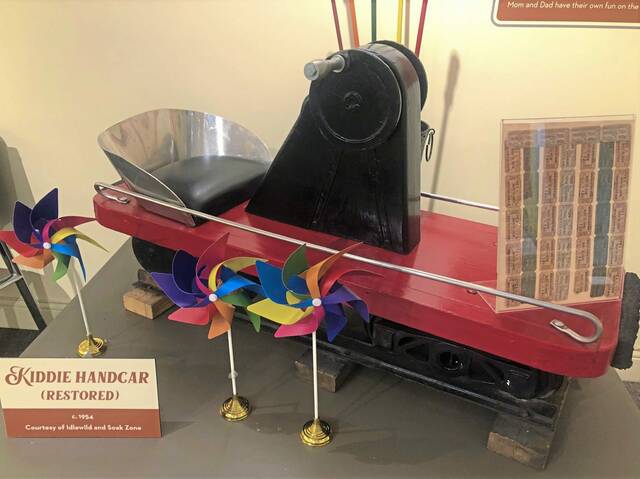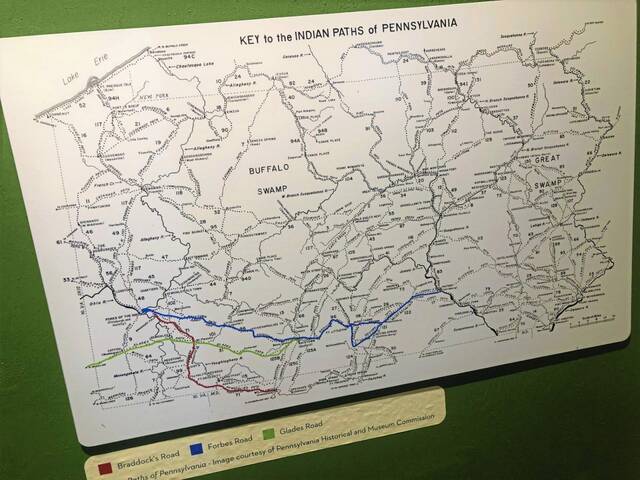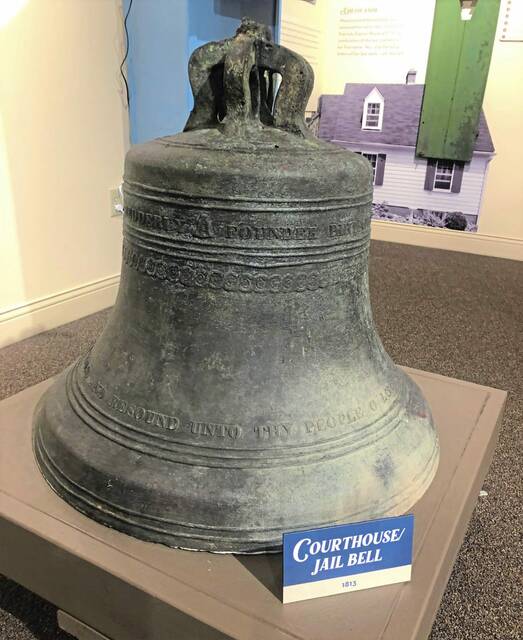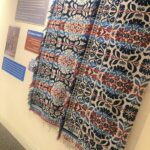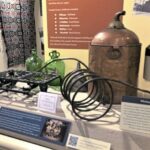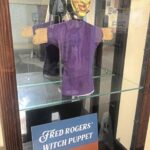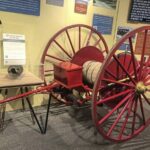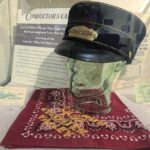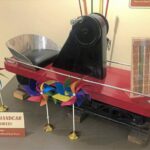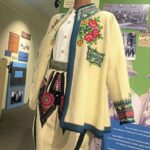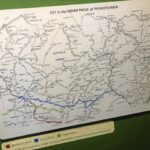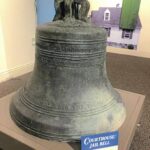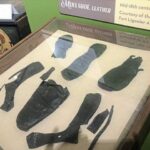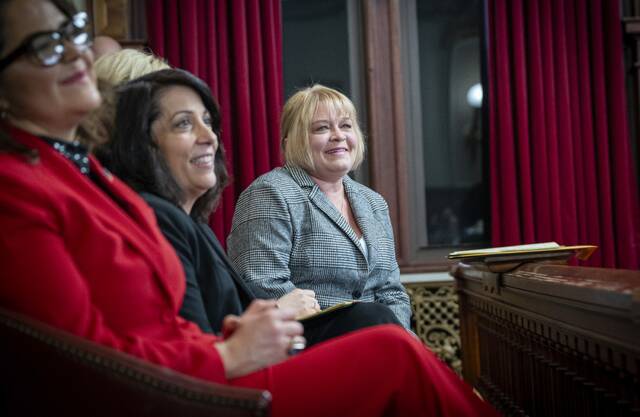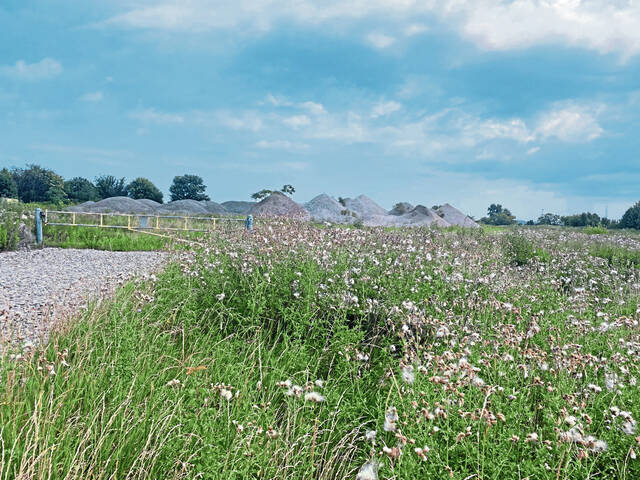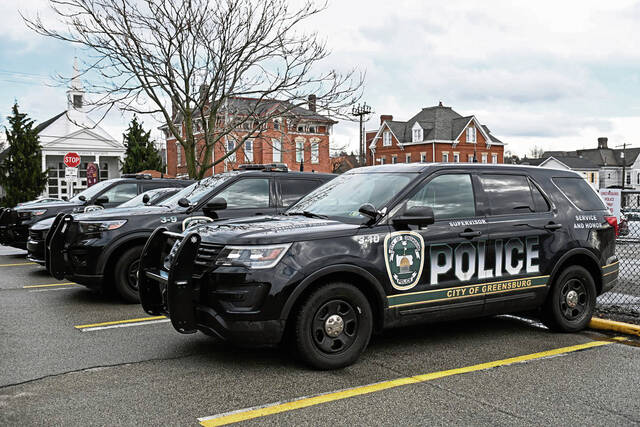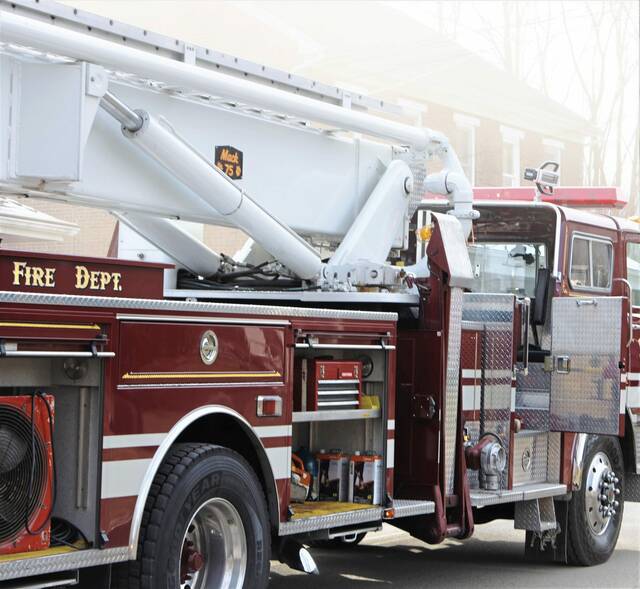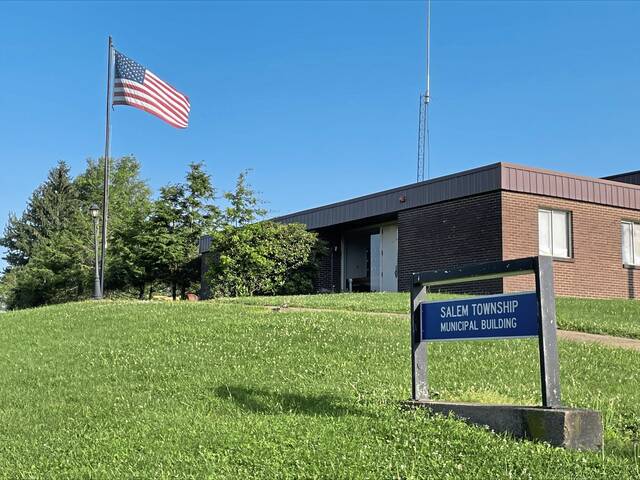The current exhibit in Westmoreland Historical Society’s education center at Historic Hanna’s Town is titled, “Westmoreland 250! Celebrating Our Story With 25 Objects.”
That’s actually a bit of a misnomer, said collections manager Joanna Moyar. It’s more like 25 displays, some with multiple objects — but that just means there’s more to see and learn.
The exhibit in the Kendra Gallery, honoring the 250th anniversary of the county’s founding, is by no means comprehensive, Moyar noted. Instead, it’s a survey of three key areas of development since its beginnings in 1773.
The three sections include:
• Building a Home, Creating a Community — early inhabitants and some of the institutions they created
• Westmoreland at Work — the development of industry and business, beginning with agriculture
• Service and Sacrifice — people working together for the betterment of the community.
“The idea of this exhibit is to make people say ‘I remember this’ or ‘I remember hearing about this,’” Moyar said. “It’s something to jog the memory, to get people talking.”
Here are 10 must-see items in the exhibit that celebrate the Westmoreland County story:
• Key to the Indian Paths of Pennsylvania — A map of major Native American trails crisscrossing the territory that became the Commonwealth of Pennsylvania, overlaid with the routes of the Forbes and Glades roads.
“Everyone asks, ‘Who were the early people here?’ This map gives you a good idea of that,” Moyar said. “Major trails ran through here, going both east-west and north-south, and the early military roads followed those trails, followed by the civilian roads.”
• Mid-18th-century shoe leather — “The first people who came here, came on foot,” Moyar said. They trudged rough, rock-strewn trails without the benefit of modern Vibram hiking soles.
The thin leather pieces from the Fort Ligonier collection are accompanied by the words of Henry Bouquet, who led the British victory over Native forces at the Battle of Bushy Run: “The dew, and the roads full of sharp stones, will very soon wear out 3 pairs of shoes that each soldier is to have.”
• Courthouse jail bell — Cast in Philadelphia in 1813, the bell was transported over mountains and installed in the county’s third courthouse. Later, the bell was installed in the jail built in 1883, which was demolished in 1966 to make way for the current courthouse annex.
• Polish mountaineer’s outfit — The traditional embroidered wool garments, dating to the early 20th century and brought to Monessen by Czech native Ignatz Balazia, symbolize the immigration of diverse ethnic groups to the region.
“Monessen has one of the county’s largest and most diverse ethnic populations, because of the people who came to work in the mills,” Moyar said.
• Fred Rogers’ witch puppet — No history of the county is complete without a nod to the children’s television pioneer who famously employed various puppets in his “Mister Rogers’ Neighborhood.”
The purple-clad witch was a childhood toy of the Latrobe native, Moyar said.
• Idlewild kiddie car — The self-powered handcar ride was added to the park in 1954 and has since been upgraded.
Founded as a campground in 1878 by Mellon Bank founder Thomas Mellon, Idlewild began adding rides in the early 20th century, making it the oldest amusement park in Pennsylvania and the third oldest operating amusement park in the country.
• Copper still and whiskey-making accessories — Early Scots Irish settlers established whiskey distilling as an important commercial enterprise in the county. Small farms, such as that of Henry Overholt at what is now West Overton Village and Museum in East Huntingdon, developed into larger distilleries.
“Farming and then distilling were the earliest and two biggest industries we had around here,” Moyar said. “When you had all that grain, someone had to either brew it or distill it.”
• Henry Overholt coverlet — Early tax and estate records show that weaving was an important, though short-lived, trade in Westmoreland County.
In addition to its distillery, West Overton also became a center for weaving, reportedly producing 1,000 coverlets in 1850 alone. The featured coverlet was woven in 1845.
Industrial advances in weaving and blanket production outpaced hand production by the late 1800s.
• Railroad conductor’s cap — Signifying the importance of steam-powered locomotives and electric streetcars in the mid-to-late 19th century, the cap belonged to Robert “Denny” Piper, an employee of the Ligonier Valley Rail Road from 1907 until its final run in 1952.
Starting in 1877, the railroad line carried 32 million tons of freight and 9 million passengers in and out of the Ligonier Valley, including visitors to Idlewild.
• Late 19th-century hose cart — On display courtesy of the Greensburg Volunteer Fire Department Museum, the wooden-wheeled, red cart dates to about 1875.
The firefighting tableau surrounding the cart is part of the exhibit’s “Service and Sacrifice” section, paying tribute to individuals and groups that worked for the benefit of their communities, also including religious, worker safety, mutual aid and civil defense organizations.





